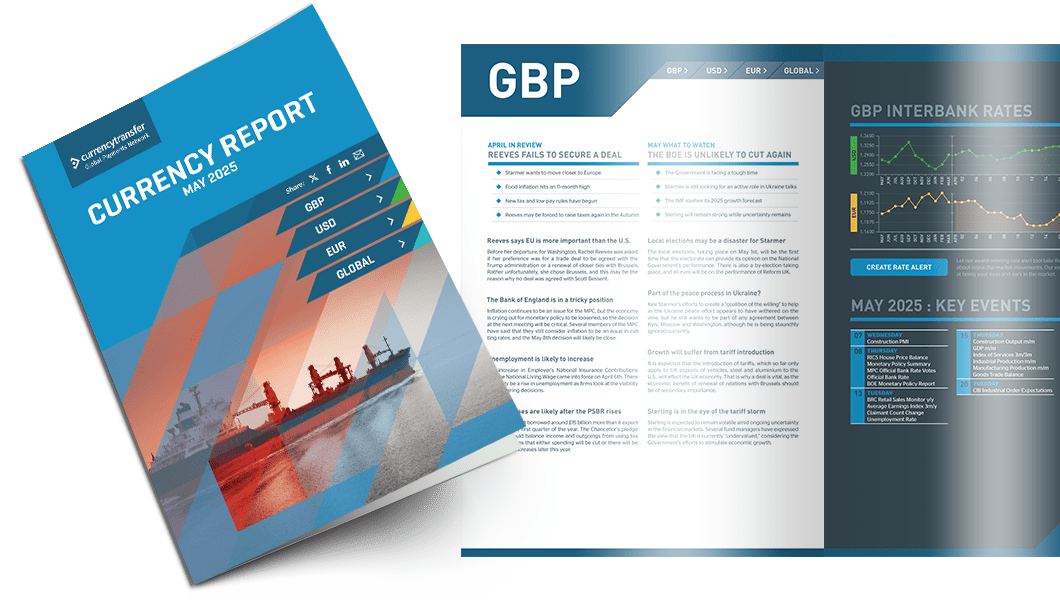
Highlights
- Labour happy to ignore inflation
- Conference Boards “jobs model” sees hiring still on the rise
- Bond yields beginning to cause an issue
Opposition will use tried and failed measures
As expected, she set out several wholly policies illustrating how her party would do things differently from the present Government.
As is usual with the Opposition when facing an Election, Reeves was given a “free hit”, talking about vote winning policies like the provision of one and a half million social houses in the Party’s first term in Government and other policies that will lead to social regeneration.
Labour intends to fight the election with the economy at the centre of its campaign. Not having had to deal with “distractions” like Brexit and the Pandemic, allows them a “free run” at a utopian scenario, free from the issues that a government faces daily.
The Conference which ends today will hear from the Leader of the Party, Sir Keir Starmer, who will set out a broad range of initiatives that will show voters what they can broadly expect from a Labour Government.
In her speech Reeves omitted the one thing that current Chancellor Jeremy Hunt labelled the biggest challenge facing the UK economy.
Inflation.
In fact, several initiatives she mentioned, like increasing borrowing by twenty-eight billion pounds a year will add to the issue.
There is no doubt that after the scandals and missteps that have taken place since the last election the country “deserves” a Government that is committed to righting the policy mistakes that have plagued it since 2019, but in order to win, Labour will need to choose its battlegrounds carefully.
One significant positive for the Labour Party has been the endorsement of former Bank of England Governor, Mark Carney of its plans for the economy. Carney spoke in glowing terms of Reeves, who began her career at the Bank of England, calling her a “serious economist”.
The electorate needs to have more to go on than simply saying that they must be better than the present incumbents, who clearly lost their way under both Johnson and Truss, so the months until the election will need to see clearer guidance from both sides of their intentions not just for the economy, but a range of topics including social justice, policing, levelling up, and equality.
The pound found a level of bread support around the 1.22 level yesterday as the market struggled to fully understand what effect the renewed conflict in the Middle East will have in the medium to long term.
While the dollar would usually have gained as global economic tensions rose, there are several new paradigms taking place that make such generalisations redundant.
Sterling made a high of 1.2244 and closed at 1.2238.

Read our latest currency report
Most impactful events planned this month and how they could impact your business
The Middle East crisis will inevitably lead to a higher oil price.
While it is all well and good for the Central Bank to concentrate on the present conditions almost in isolation, and the progress it has achieved over the past eighteen months or so allows it that “luxury”, it may be time to consider the ongoing ramifications of tightening monetary policy as several indicators are pointing to a slowdown and possibly a recession in the next eighteen months or so.
However, Jerome Powell is used to dealing in facts not “maybes” and for that reason a hike at the next FOMC meeting that takes place on November 1st is becoming more than a possibility.
A model that the Conference Board uses to measure trends in employment shows that the new jobs created section of the September Employment report was not significantly out of line with expectations.
The market uses a very “broad brush” approach to the economy, and one of its “standard” expectations is that in an environment where interest rates are rising, the economy should slow sufficiently to see job creation fall, and it is the degree to which the “brakes are applied” that determines the rate at which job creation slows.
Having seen eleven hikes since July last year, it is safe to assume that rates are now restrictive upon demand, but the Conference Board still sees hiring “picking up pace”.
The rise in hourly earnings stayed the same at 0.2% in September which led to a fall of 0.1% year-on-year. The annual rate is currently 4.2% which means that while it is not ideal it is close to the annual rate of CPI, so there is little sign of a wage/price spiral.
The dollar is still not reacting significantly to the renewed conflict in the Middle East, although a knee-jerk rise in the oil price is likely to add to inflation in the short term.
The dollar index fell to a low of 106.02 yesterday and closed at 106.07. It closed right on its short-term support level, so any further weakness may see a lead to a more significant fall.
Ultra-low rates have come to a brutal end. Another debt crisis may be imminent
Italy is still the most “imperilled” economy given the country’s elevated level of public debt, which has come close to being out of control since the growth and stability pact was abandoned during the pandemic.
It has been a salutary lesson in the reason for the creation of monetary union in the first place that certain countries feel the need to create overly ambitious social programmes that include high levels of state pension and other benefits that they don’t have strong enough economies to sustain.
This contrasts with Ireland which ran into difficulties during the financial crisis of 2008, where the borrowing was limited to the private sector which, unused to the low interest rates that prevailed at the time” led to borrowing on an unprecedented scale and led to unsustainable increases in the value of property.
There is an issue brewing currently as the yield on Italian Government bonds is rising as the market divests itself of holdings given the removal of support from the ECB which was seen as the “backstop” buyer of new issuance but has since been trying to reduce the size of its balance sheet to tighten monetary policy by lowering liquidity rather that further interest rate hikes, or at least making the increments more “manageable”.
The more debt laden economies of the Eurozone are now facing their highest borrowing costs in more than a decade. Italian ten-year bonds have now reached 5% for the first time since 2012. Even German yields which were as low as 0.91% at the start of the Pandemic in March 2020, have now reached 3.6%, their highest since 2011.
The transition to clean, green energy is a massive commitment which all members of the Eurozone have agreed, but the cost is becoming ever more restrictive.
The ECB’s commitment to interest rate increases is apparently ending as even ECB President, Christine Lagarde now sees rates as restrictive on demand. However, as rates are expected to remain high for the foreseeable future, and the economy is facing a recession the likely depth of which is open to conjecture, there are many issues for the several bodies who exhibit control of the economy to ponder.
The Euro came close to testing its short-term resistance level yesterday reaching a high of 1.0588, but it eventually ran out of team and supporters and fell back to close at 1.0567.
Have a great day!

Exchange rate movements:
09 Oct - 10 Oct 2023
Click on a currency pair to set up a rate alert
Alan Hill
Alan has been involved in the FX market for more than 25 years and brings a wealth of experience to his content. His knowledge has been gained while trading through some of the most volatile periods of recent history. His commentary relies on an understanding of past events and how they will affect future market performance.